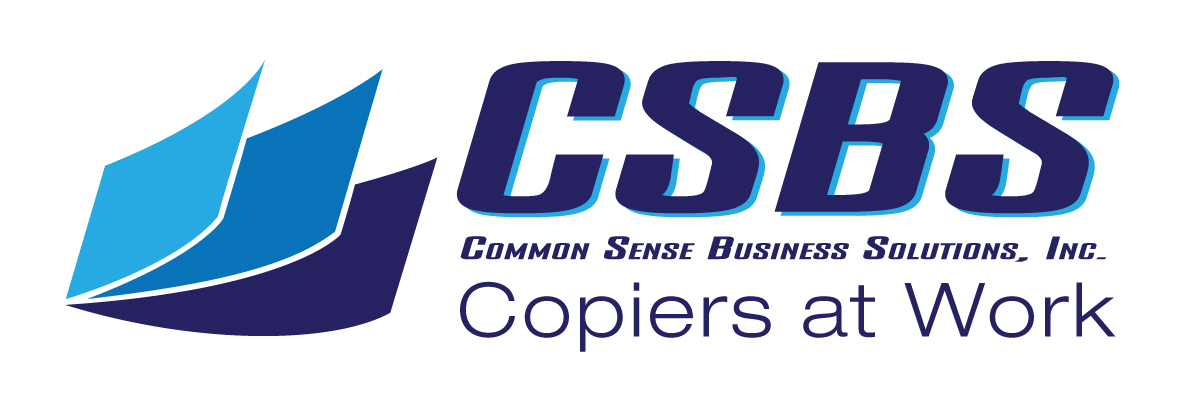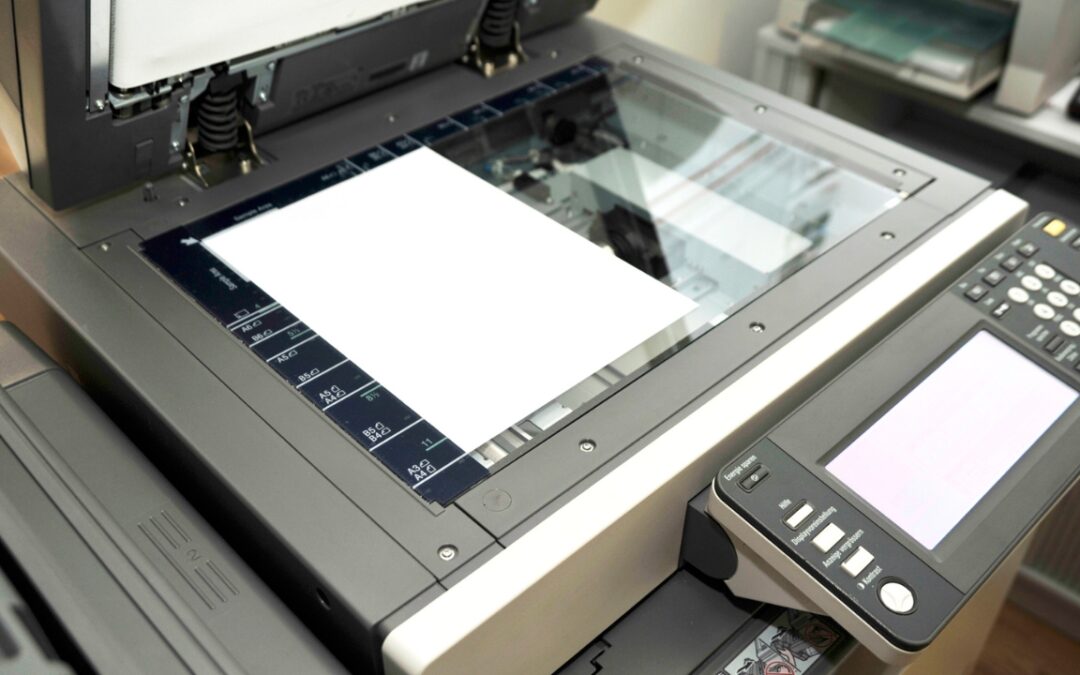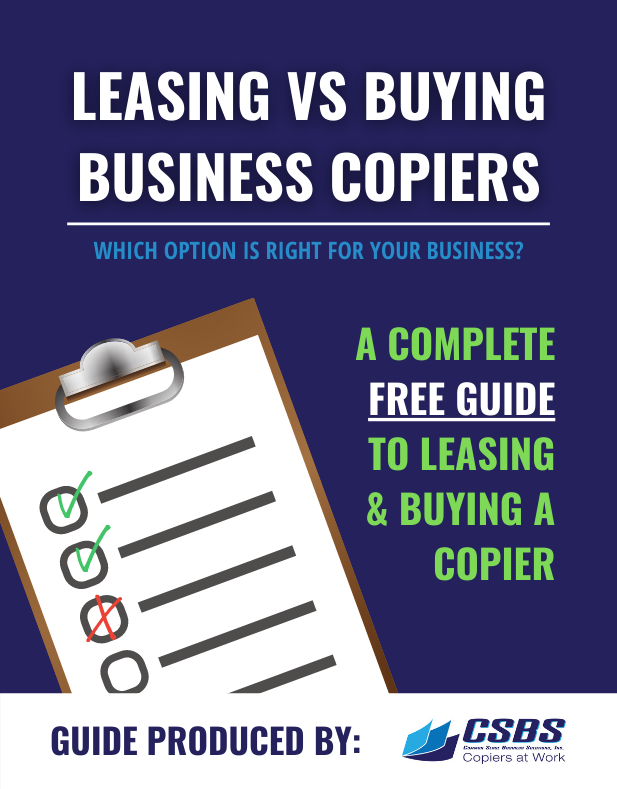Technology is always changing. It wasn’t that long ago that the idea of having one small device that contained a phone, camera, calculator, music player, and an internet browser was science fiction. While it’s easy to see how technology in something like a cell phone has changed, it’s not always as easy to see changes in devices like printers and copiers. However, even though it’s not as noticeable, printer technology has certainly evolved over the decades. Let’s dive into the evolution of cop and print technology, then have a look at how Common Sense Business Solutions can help you stay on the cutting edge of copy technology.
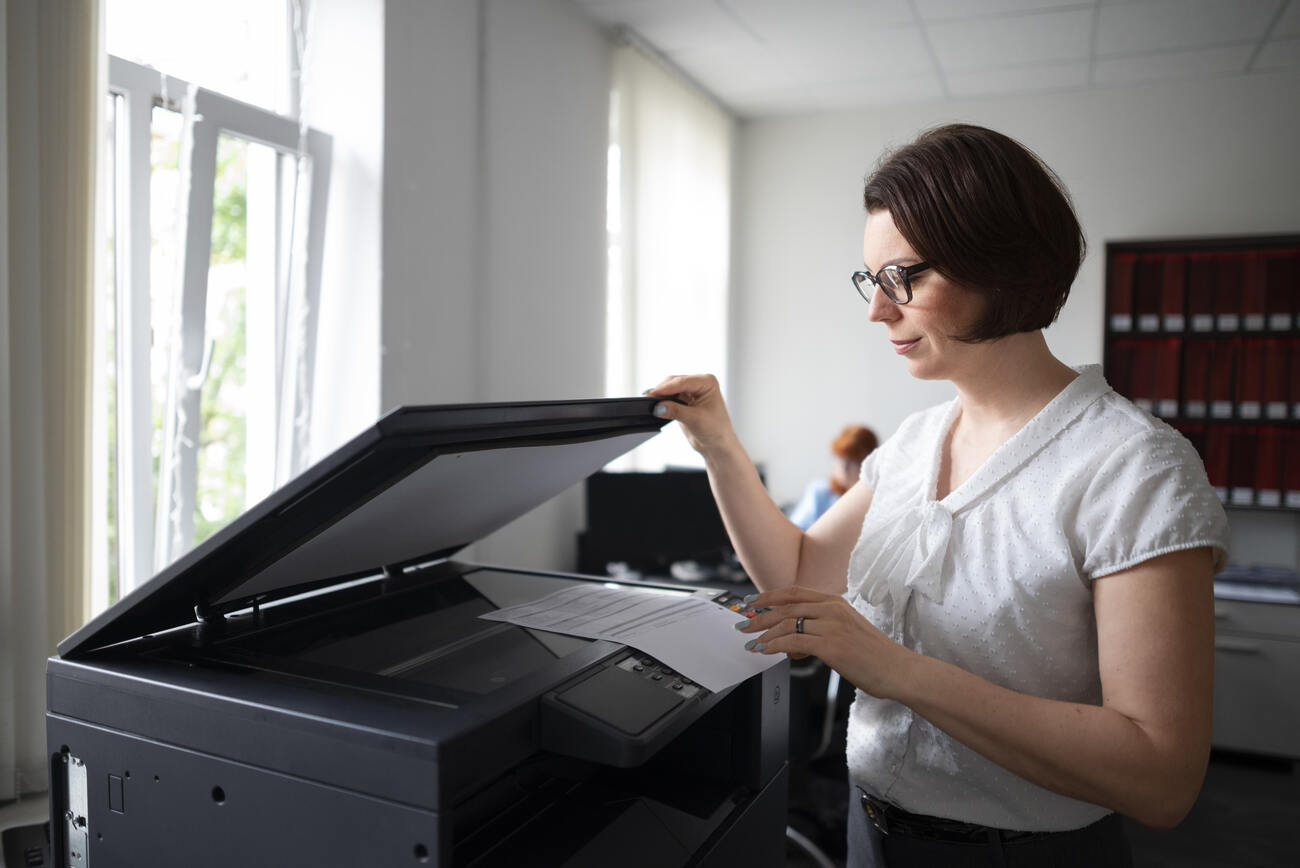
The Analog Era: A Look Back
The earliest form of copying didn’t use machines at all. Instead, they were hand done. One of the earliest analog forms of copying was called carbon paper. This special paper was coated on one side with a waxy substance that contained carbon. The carbon paper was placed between two pieces of regular paper. The person then wrote or typed on the top page. The carbon on the carbon paper transferred onto the blank page when pressure was applied on the top page, creating a duplicate.
Carbon paper was helpful for creating an original document and a copy of it at the same time, but it wasn’t helpful in copying documents that were already finished. The carbon copy was also often smudged or difficult to read. It also didn’t allow for the creation of many copies of the same document at once.
The other early option of copying was the mimeograph. This was a very simple machine that used a stencil to create multiple copies of a document. The original was created on a sheet of special paper that was coated with a substance made from wax. The pressure of writing or typing on this paper cut holes in the wax. This stencil was then put on the machine’s drum. Ink was added to the inside of the drum, and a blank piece of paper was placed under it. When the drum and stencil were pressed onto the page, the ink seeped through the holes and created a duplicate of the stencil on the paper.
While mimeographs could be used to make multiple copies of a document, the process was still somewhat slow and didn’t always produce the cleanest copies. If the drum leaked or the ink was spilt, it resulted in a large mess. Mimeographs were also somewhat limited in what types of documents they could duplicate.
The earliest form of an electric copier came in 1938. Chester Carlson created what he called an electrophotographic machine after he became frustrated with how slow it was to make copies using other methods. His machine worked, but it was expensive, slow, and fairly large when compared to today’s copiers and printers. It wasn’t until 1959 and the creation of the Xerox 914 that electric copiers became commercially available.
The Digital Revolution: A Paradigm Shift
With the Xerox 914 and its successors now on the market, a digital revolution had begun. These new machines were capable of creating more accurate duplicates quickly and without a lot of manual work, providing offices with an efficient method of copying documents and even images. With this innovation now available to more companies, the copier industry was transformed.
This transformation would only continue. Epson created what would be called a “mini-printer” in 1969. Today, we would consider this printer to be fairly large for a desktop printer, but at the time, it was much smaller than other options. It was also capable of creating higher quality images than other machines available at the time. It was followed in 1971 by the first dot-matrix printer. Brother Industries created this type of printer to address speed issues. With faster and cheaper printing options now available, more and more businesses were able to afford copiers and printers.
Other noticeable advancements included the creation of thermal inject printers by HP in 1984 and the introduction of the bubble jet in 1985 by Canon.
The Rise of the Multifunction Device (MFD)
While new methods of digital printing helped make copiers and printers more affordable and effective, the next major revolution in the industry wouldn’t come until 1994. This is when the HP OfficeJet was introduced. While it’s hard to say that it was the very first true multifunction copier/printer, it was one of the earliest. It was also the first to be widely available. This device could copy, print, and fax, something that was revolutionary at the time. With a multifunction device or MFD, offices could save on space and energy usage. They only needed one device to handle multiple tasks. MFDs became even more effective when scanning was incorporated into them.
One of the biggest changes MFDs brought about was to office workflow. Now instead of every person having a printer at their desks and a single copier for the space, most offices could replace everything with a single MFD. This isn’t always true—you may have some employees who do need a personal printer at their desks. However, many don’t. One MFD saves space and money, especially if you lease it from CSBS.
Connectivity and Mobility: The Cloud and Beyond
MFDs changed the workflow in the office thanks to their ability to connect to a local intranet and print documents from multiple computers. With the advent of the cloud, printing became even easier. Now anyone with access to the printer could use it. People could even print from offsite or via smartphones and tables thanks to cloud printing.
Changes in security helped make documents safer, too. MFDs could be set with passwords that would prevent a document from printing until the code was entered. Network security prevented documents from being stolen, a necessity in many industries. As remote and offsite work became more and more prevalent, having these features ensured offices could continue to efficiently work without any issues.
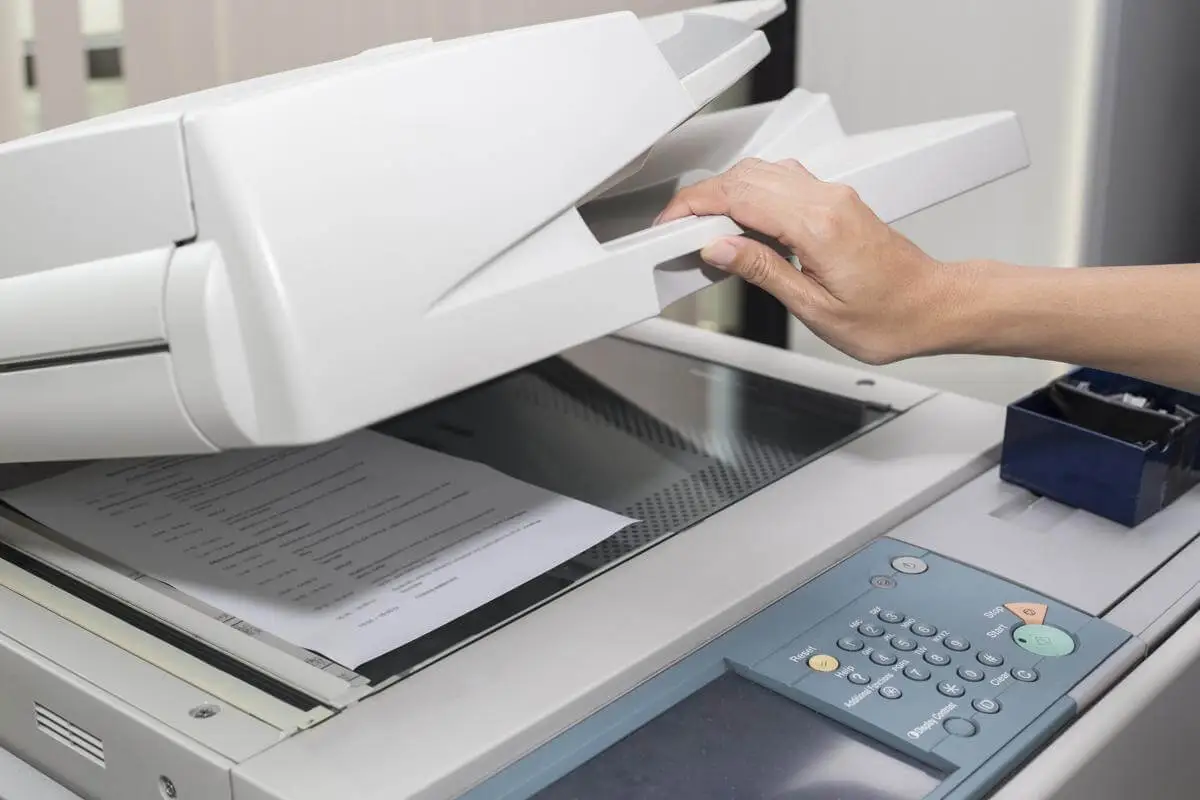
The Future of Print: AI, Automation, and Customization
The AI boom of the 2020s could potentially bring with it even more changes to printing. It’s possible more of the process will undergo automation, reducing the time we have to spend using printers and copiers. AI may help us optimize the office workflow even more than it already has. For example, it may be able to more accurately predict when a copier needs maintenance or provide additional security for mobile printing. There’s even a chance we’ll eventually replace all printers with a form of 3D printing that can do everything from make copies of a document to build prototypes and even create replacement parts for itself.
Reach Out to CSBS Today to Learn More About Leasing in Sonoma County
As copier and printer technology advances, the last thing you want to do is be stuck with an older machine that doesn’t meet your needs but also can’t be sold to recoup much, if any, of its cost. That’s why leasing copiers through CSBS is so advantageous: you can control your monthly costs, rely on our team for regular maintenance, and have the option of upgrading to a new device whenever you need one. You don’t have to worry about obsolete equipment or being stuck with outrageous repair costs.
If you want to learn more about the machines we have available or how leasing works, reach out to CSBS today.
